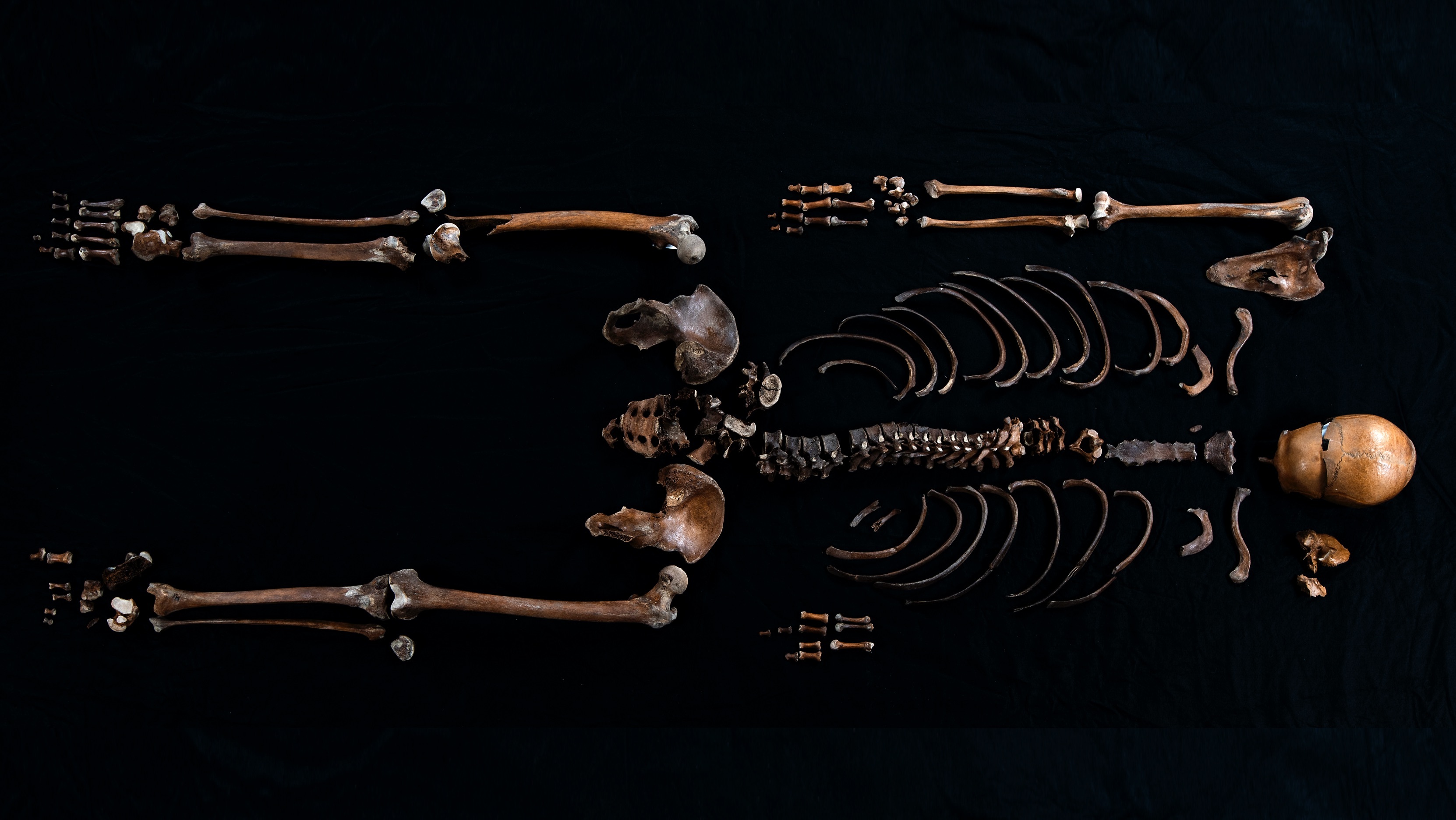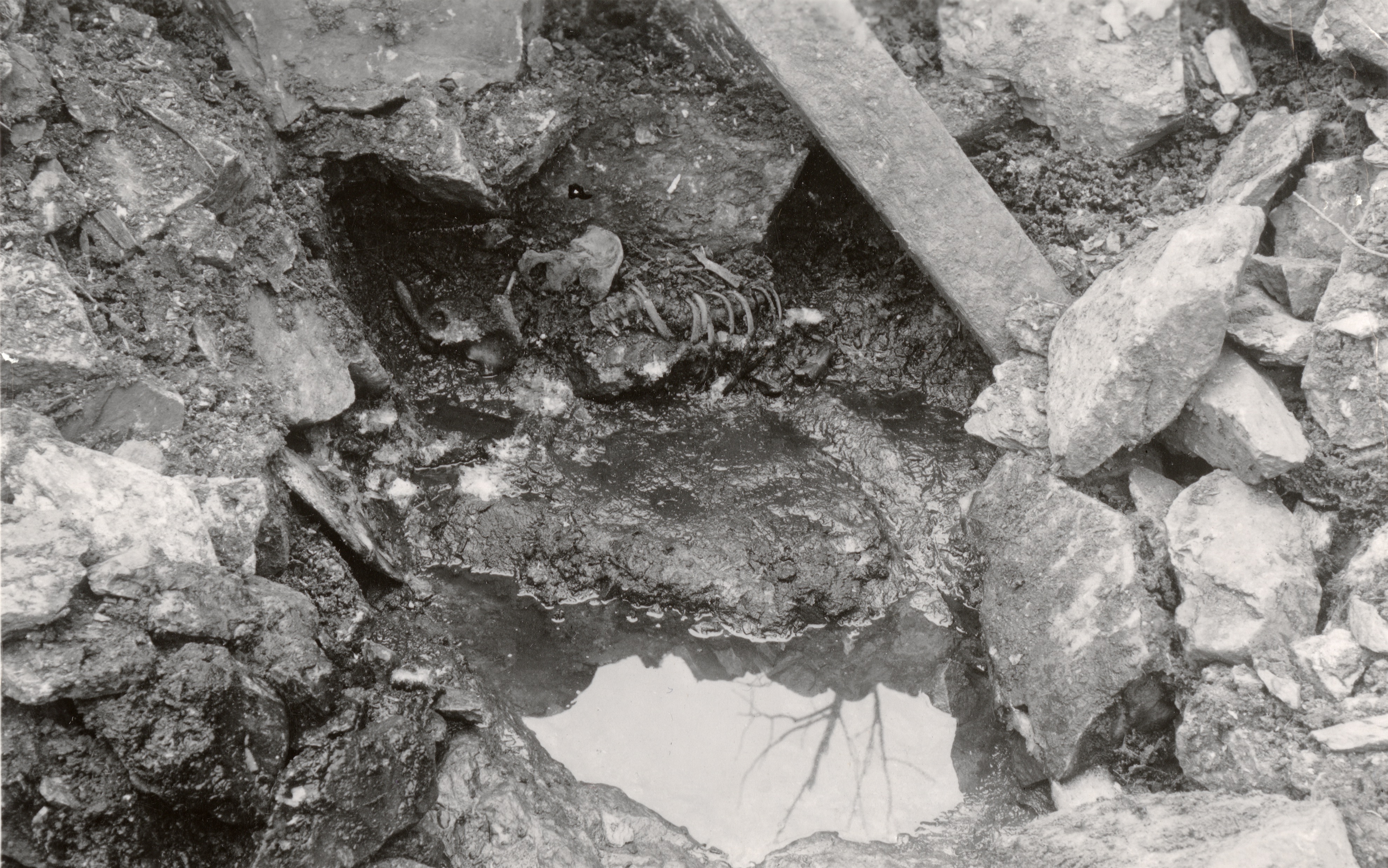In 1197, the imposing Sverresborg Castle in central Norway, near present-day Trondheim, became the site of a brutal conflict that would echo through history. While King Sverre Sigurdsso was away, the Baglers—loyal followers of the archbishop—launched a surprise attack. These factions were embroiled in a fierce power struggle during Norway’s civil war period, which saw various claimants to the throne battling for supremacy. The attackers pillaged the castle, set fire to every structure, and committed a particularly gruesome act by tossing a corpse into the well to contaminate the water supply, a chilling tactic aimed at demoralizing the defenders.

This shocking event is documented in the Sverris Saga, an 182-verse narrative penned by a close confidant of King Sverre. The saga not only recounts the tale of the conflict but also provides valuable insights into early Norwegian history, the social structures of the time, and the tumultuous power dynamics that characterized the medieval period.
Recent Excavations Shed New Light
The mystery surrounding the “well man” was reignited in 1939 when a partial excavation revealed a human skeleton seven meters down the well shaft. Despite the initial discovery, the significance of this find remained largely forgotten until archaeologist Anna Petersén and her team resumed the dig in 2014 and 2016, driven by a desire to connect historical narratives with archaeological evidence.

Significant Discoveries
Recent excavations have yielded notable findings, including:
- Uncovered Remains: Archaeologists retrieved the left hand, skull, and other bones of the skeleton, estimated to have been about 1.75 meters tall and belonging to a man aged 30 to 40. These remains were analyzed to provide insights into the health and lifestyle of individuals from that period.
- Genetic Insights: A DNA sample taken from one of the man’s teeth revealed intriguing information about his appearance. Genetic analysis indicated that he likely had a medium skin tone, blue eyes, and light hair, contributing to our understanding of the physical characteristics of medieval Norwegians.
Professor Michael D. Martin from the Norwegian University of Science and Technology’s University Museum in Trondheim remarked, “This is the first time that a person described in these historical texts has actually been found. While we can never be 100% sure that the remains in the well are those of the man described in the saga, the circumstantial and scientific evidence is very convincing.”
He further emphasized, “In a hypothetical trial, if a jury were presented with the scientific evidence and the text of the saga, I know they would be convinced that we had found the victim.”
The Broader Context
The discovery of the “well man” sheds light not only on the violent events of 1197 but also on the larger socio-political landscape of Norway at the time. The Bagler faction, in their quest for power, engaged in brutal tactics, reflecting the high stakes of medieval politics. This era was marked by civil wars that resulted in significant changes in leadership and governance. Understanding these dynamics helps historians piece together the complex puzzle of Norway’s past, particularly the civil wars that fractured the nation for several decades.

The findings at Sverresborg Castle also highlight the methods used in warfare and the psychological tactics employed to instill fear in adversaries. The act of contaminating a water supply with a corpse is not merely an act of violence; it represents a strategic maneuver aimed at crippling the enemy’s morale and operational capabilities.
Conclusion
The recent discoveries at Sverresborg Castle provide a tangible connection to a significant historical event and deepen our understanding of the intricate narratives woven into Norway’s past. As archaeologists continue to unravel the mysteries surrounding the “well man,” these findings serve as a poignant reminder of the lives lost in the struggles for power and control during the medieval era.
The ongoing research not only enriches our historical knowledge but also highlights the importance of interdisciplinary approaches in archaeology, combining genetics, history, and archaeology to reconstruct a fuller picture of life in the Middle Ages. By exploring the past through these combined lenses, we can better appreciate the complexity of historical narratives and the individuals who lived through them, thus bringing to light the human stories that underlie grand historical events.

